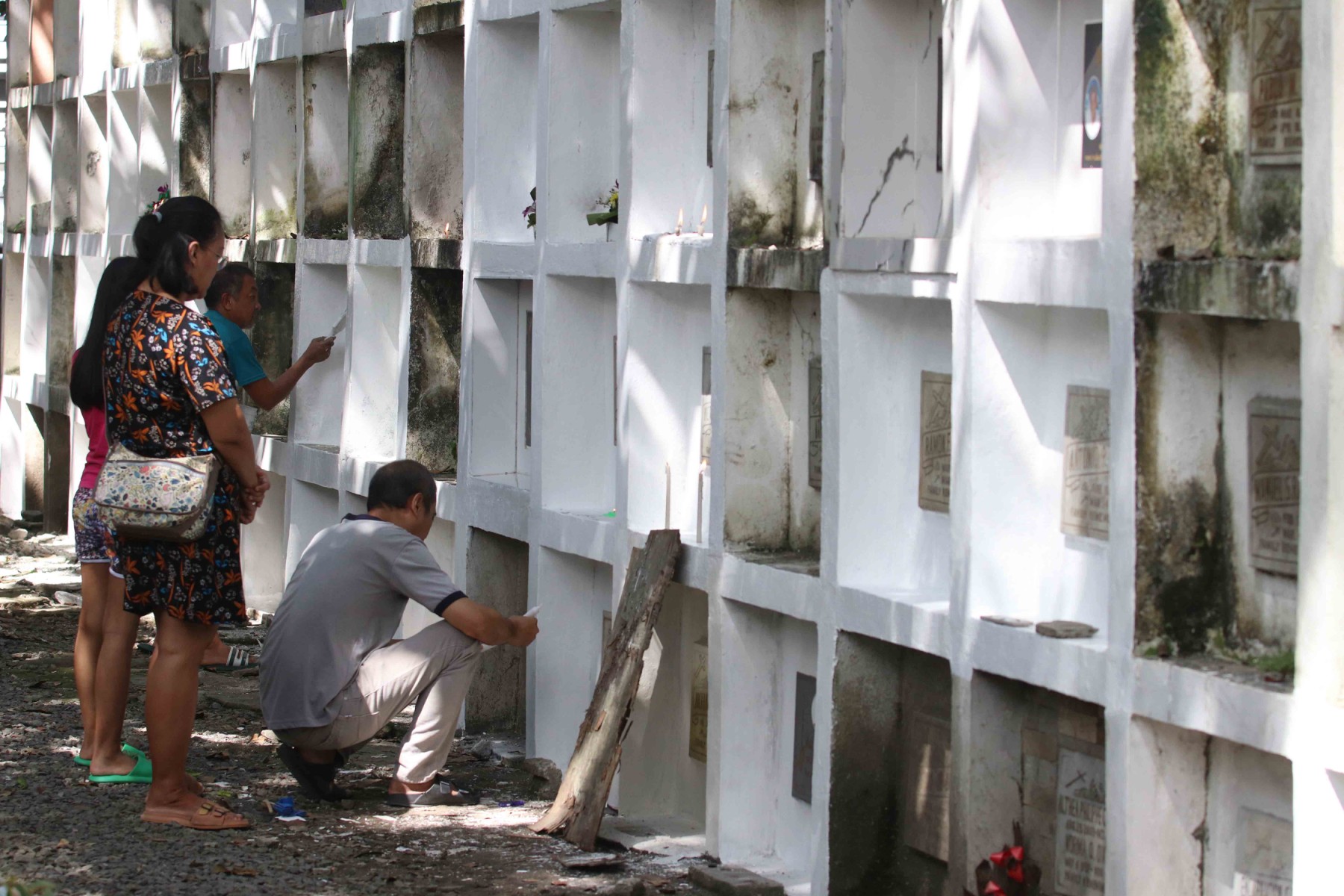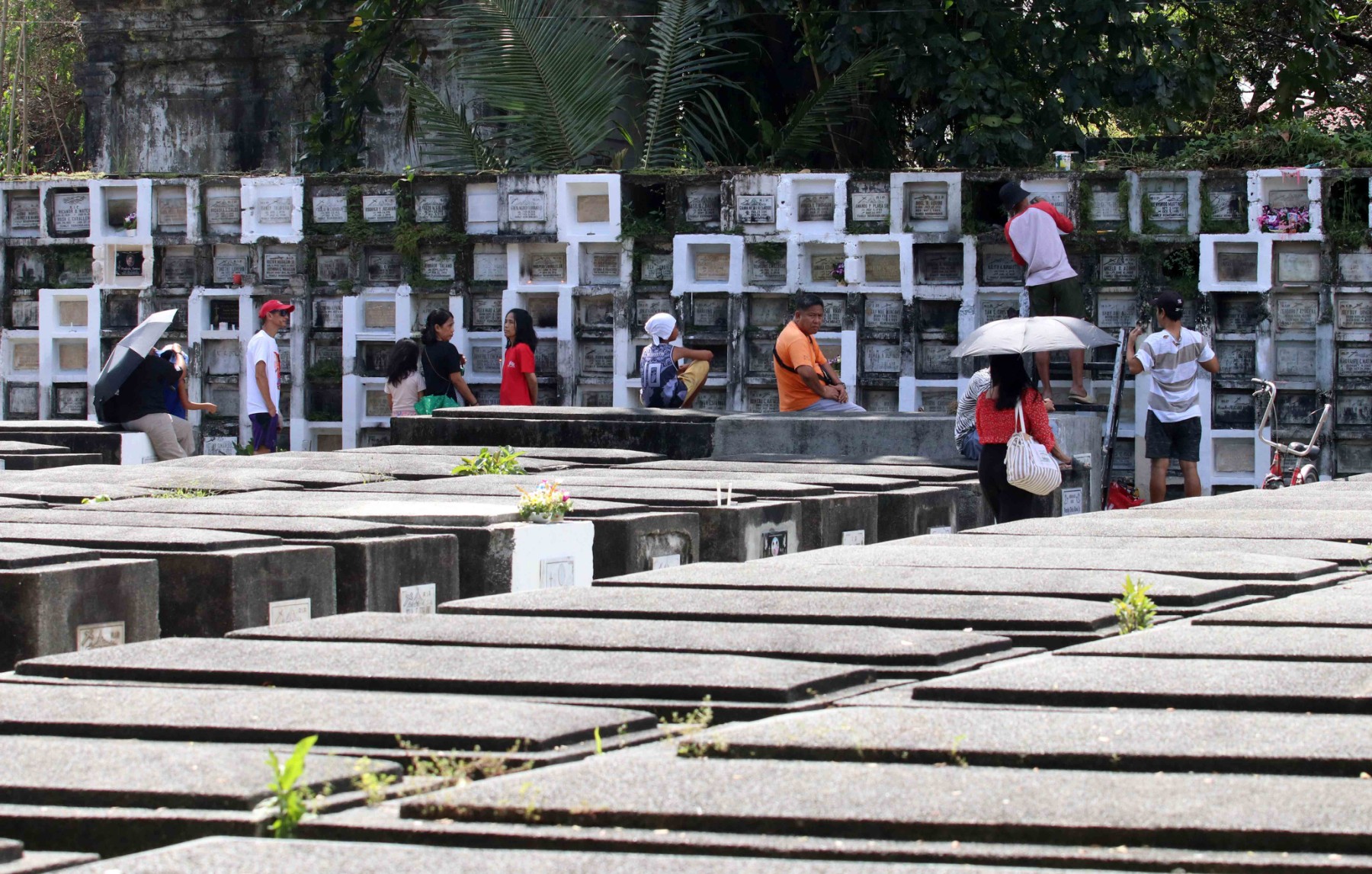
Every year, a day after Halloween (or Hallow’s eve), in many countries, Nov. 1 is a public holiday to commemorate All Saints’ Day, with Nov. 2 also observed by those with Christian heritage as a holiday called All Souls’ Day.
In the Philippines, however, the quite unique tradition is to combine both commemorations into one all-encompassing celebration dubbed as “Undas.”
The origins of the word Undas is two-fold, at least according to most sources. One, the more etymological of the two explanations, traces it back to the Spanish verb honrar, meaning “to honor.” Its second-person singular form is honras or honors, which has then evolved over the years into the more colloquial ondas and then undas.
A second explanation suggests that “Undas” is a shortened version of the Spanish term for Day of the Dead or Un dia de los Muertos. Either way, the essence of the word Undas—and, indeed, the very meaning of it—is captured by both possible explanations.
Speaking of the meaning of Undas, the manner by which Filipinos celebrate this season (for it is, after all, two days) has remained largely unchanged. It would seem to be the case even before World War II. This is evident in a description of Undas written in the October-November 1941 issue of “The Cenacle Missionary,” published weeks before the Japanese invasion in December of the same year. It describes the practice as such:
“An old Christian [custom] bids us to visit the graves of our dead on All Souls’ Day or even already on the afternoon of All Saints’ Day. In Manila this day is solemnly celebrated, yes, even very solemnly, with an oriental gaiety and colorful bustle seemingly quite irreverent and improper to occidental minds.”
Save for the difference of how Filipinos then used to flock to the cemeteries by the afternoon of Nov. 1 instead of the morning, which they do nowadays, the practice of holding vigil, of staying by the graves of dearly departed loved ones until Nov. 2, is the same. It was as if our ancestors know that the actual day for honoring the dead starts on All Souls’ Day and not on the day prior, which is for all saints.

The entry in “The Cenacle Missionary” continues to note that even traffic rules have to be changed to accommodate people flocking into cemeteries. It reads: “Early in the afternoon the migration to the cemeteries already begins, but the main traffic sets in the evening after sunset, and continues throughout the entire night. The Filipinos are holding their vigil of the dead [...]. They provide themselves with food and drink, with cakes and cookies and ice cream, and thus, by flickering candlelight, they watch the whole night at the graves of their beloved dead.”
It is interesting how even the manner by which Filipinos hold vigil at the graves of their departed loved ones is noted to be one that involves a great deal of eating, with “cakes and cookies and ice cream.” This passage shows that, like with every celebration possible, Pinoys would never do so without food.
As far as Undas delicacies are concerned, Filipinos seem to have a penchant for preparing what is referred to as the “usual combo” of pancit, adobo (or some other pork or chicken stew variant, sometimes even beef caldereta), and variants of local rice cakes (from suman to biko).
It is not uncommon for families to have their own traditions as far as meal preparations are concerned for Undas. Then, of course, there is also the custom of setting aside food for the dead. In most places in the country, particularly in the north, this is referred to as ‘atang’.
Years before it became a practice for Filipinos to celebrate the more western tradition of Halloween, locals have been steep in the practice of remembering and honoring the dead in this two-day vigil of Undas.
Why, some people ask, do Filipinos insist on visiting the dead during these exact dates and not prior or afterwards, even when it is not as comfortable for many to do so? The answer can only be because of tradition. And devotion.
Undas is as much a statement of Filipino care for family and loved ones as it is an example of honoring what has been passed down from generation to generation. No amount of trick-or-treating on Hallow’s Eve could ever top that.